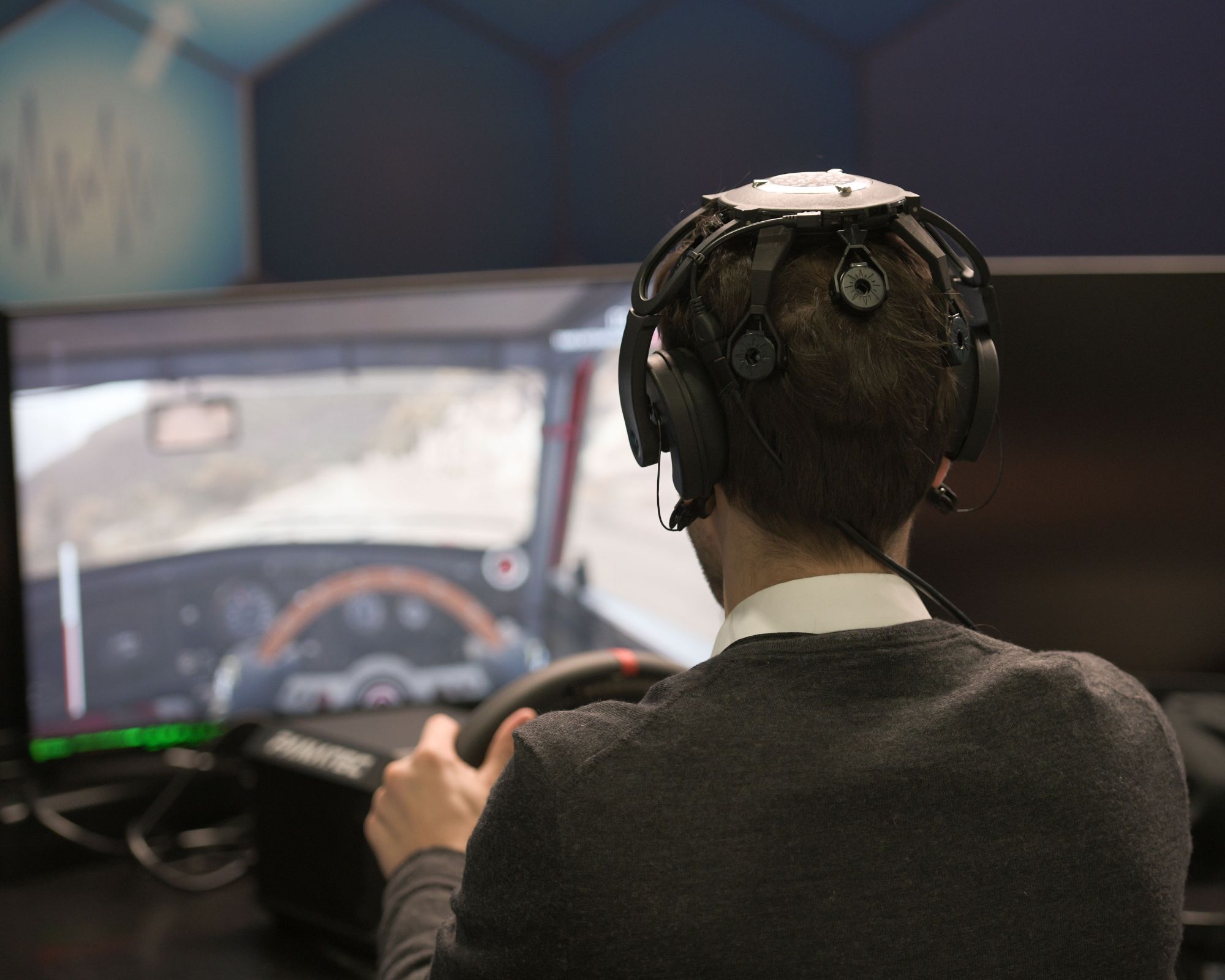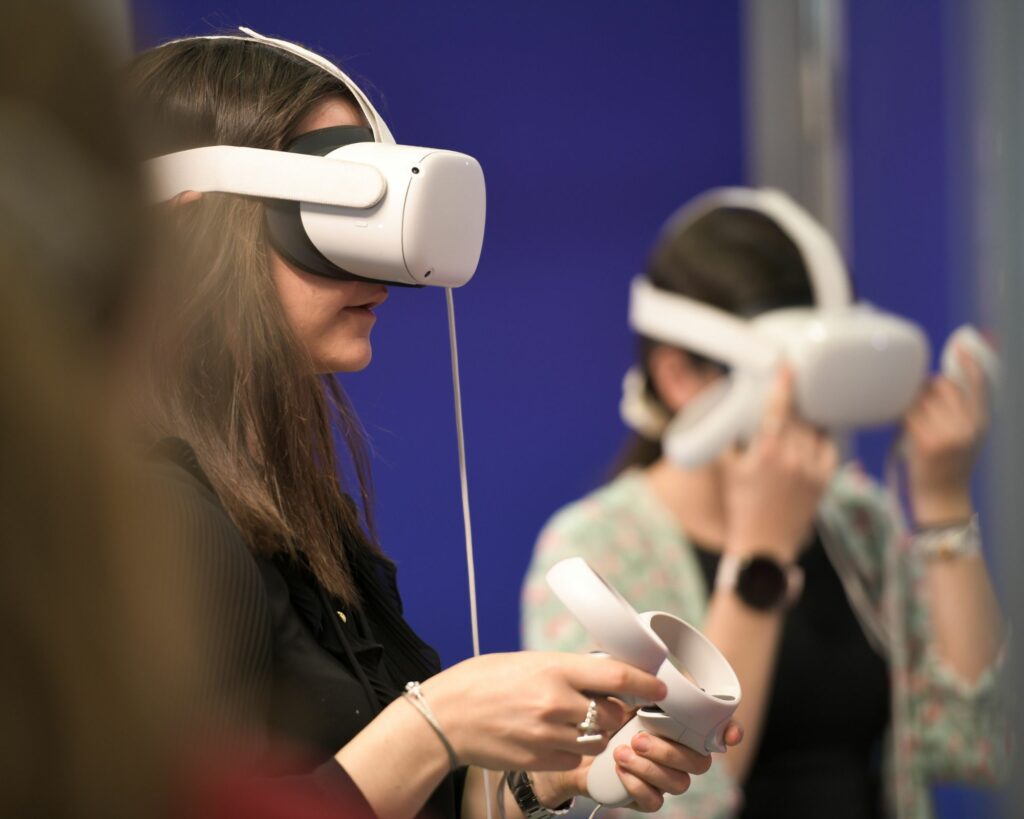In the age of computers and automation, the use of AI and robotics in the every day life has grown exponentially. The dream of the intelligent machine is within reach. Instead of a neural network, startups are developing machine learning algorithms to make robots autonomous.
Learn how collaboration with the smart machine can help create a better world without breaking ethical rules.
What is AI?
The beginnings of AI
Artificial intelligence (AI) is by definition a branch of computer science in the construction of intelligent machines, capable of performing tasks that typically require human neural networks.
“Can machines think?”
This the question, asked by the mathematician Alan Mathison Turing in an article in 1950 is considered the foundation stone of AI.
A few decades later (1996), IBM made AI history when their chess supercomputer “Deep Blue” beat the then world chess champion Garry Kasparov in a match.
Nowadays, there are more and more different types of AI in use (voice recognition, robotics process automation [RPA], a dancing robot, smart homes, etc.).
The evolution of AI
Half of the companies that have used AI-based technologies say they have increased their productivity.
AI needs a phenomenal amount of data to be more efficient. This appetite for information is satisfied by another branch of IT: Big data.
The sectors impacted by AI are as numerous as they are varied. Here are some of them:
- Finance: according to Business Insider Intelligence’s 2022 report on AI, more than 50% of financial services are already using AI to increase their revenues as well as for risk management.
- Health sciences: AI can predict and diagnose faster than humans. In fact, AI has proven to be more effective than doctors in some complex diagnostic scenarios. AI has helped spur the development of certain vaccines.
AI and humans
A necessary collaboration
While some of the ethical fears against AI are legitimate, the fact is that AI is here to stay.
So, instead of being afraid of it, or comparing the capabilities of our neural networks to AI, it is wiser to move forward and adapt to this synthetic neural network. It is all about discovering how human intelligence and machines can collaborate in the most optimal way.
Primarily, this collaboration is along two lines:
- Humans assisting AI: they need to effectively improve the skills of the machines, especially in machine learning. Humans will be needed to train machines to perform certain tasks, analyze and explain AI results (if necessary), and regulate the machines.
- AI to the rescue of humans: can enhance our analytical and decision-making potential and increase our creativity. AI must allow us to free ourselves from repetitive and tedious tasks. AI must do better and faster what humans do.
New missions for humans
In a world dominated by AI and Big Data, the role of the human will be to use their unique skills to optimize collaboration with AI. The new missions for humans will use skills that machines have not yet been able to replicate.
These skills, such as imagination, creativity, social skills, emotional intelligence, etc., will improve the effectiveness of the AI.
Therefore, AI is not intended to create unemployment, some jobs will be eliminated, but many others created.
AI leads to a significant development of automation. Many start-ups propose algorithms to allow computers and robots to be autonomous.
The effective collaboration of human intelligence and AI brings better returns than when either intelligence works alone.
Understanding AI and using its unique skills to improve AI systems will be an important asset in the job market.

